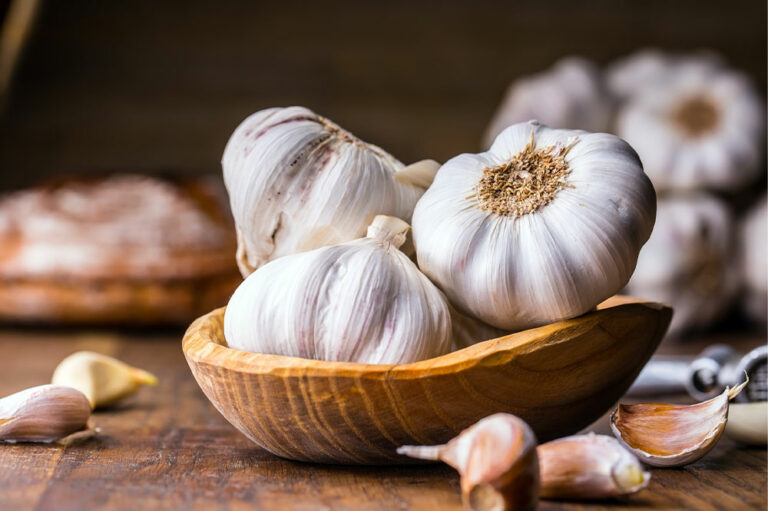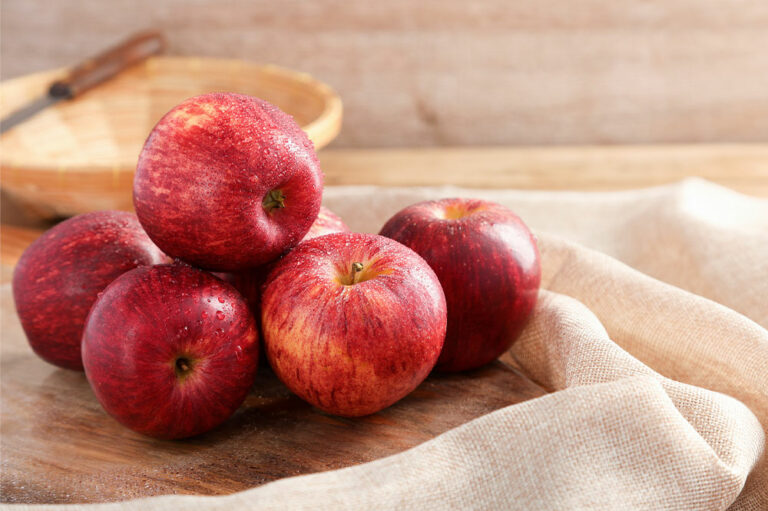
Health
5 foods that can lower cancer risk
Can what we eat help prevent serious illnesses like cancer? The link between disease and foods has been extensively studied. For instance, the research findings of the World Cancer Research Fund and the American Institute for Cancer Research have indicated that food choices greatly affect one’s health and well-being. The results also suggest that certain plant-based foods can help lower one’s cancer risk. So, here are some of the best foods to have: Garlic This pungent food item’s benefits outweigh the inconvenience (i.e., bad breath). Its odor is brought on by its sulfur compounds, which are also responsible for stopping the development of cancer-causing substances in the body. Additionally, garlic can help speed up DNA repair and kill cancer cells. Garlic also battles bacteria, especially the kind of bacteria associated with stomach cancer (H. Pylori bacteria). Studies have also indicated that garlic can reduce the risk of pancreatic, colon, esophageal, and breast cancer. To get the most out of garlic, peel and chop the garlic cloves and let them sit for 20–30 minutes before cooking them. This enables the activation of enzymes and the release of sulfur compounds. Adults should have one clove of garlic per day for better health.
Read More 









